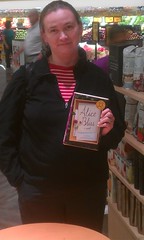A Wreath of Down and Drops of Blood by Allen Braden is a slim collection of poems, published as part of the Virginia Quarterly Review Poetry Series, and is steeped in bird imagery and rural life. His images are at once beautiful and raw, bringing with it the full force of nature’s unbridled beauty and fearsome nature. Even the most beautiful images take on an aggressive persona, like the catalpa petals in “Remembering Precious Landscape, but with an Elegy in Mind” (page 9) that become “splayed.”
On the flip side, nature’s sexuality emerges as the narrator recounts love and precious moments between lovers. In “Flight Theory” (Page 4-7), “How many nights did I try/to retrace the complexities/of starlings with my hands over her skin?/” For this poem alone, the collection is worth buying. The imagery is most vivid and charged here, creating a world that readers can get lost in.
Moments of rural life and childhood memories also grace these pages as the narrator of each poem takes the environment and personifies it with emotion. The connection to a father, but the distance of that connection will make readers wonder how well they really know/knew their parents. Also the dichotomy of love is present, with its passionate supportive nature and its violent passion that can render relationships asunder, leaving only pain and hate.
Braden has crafted variations of the sonnet in this collection, but readers who do not revel in form poetry may not notice the variation. However, these varied sonnets continue the poet’s careful attention to detail to bring out the brute nature of humanity and to affirm our place in the natural world through carefully balanced language. A Wreath of Down and Drops of Blood offers readers a look at humankind in its basest moments, highlighting those emotions we often feel when we are alone but never speak of in the presence of others, even those who love us best.
About the Poet:
Allen Braden is the recipient of a creative writing fellowship from the National Endowment for the Arts and a residency from the Poetry Center and the School of the Art Institute of Chicago. His poems have appeared in such publications as the Georgia Review, Prairie Schooner, Shenandoah, Virginia Quarterly Review, and Witness.
This is my 69th book for the 2011 New Authors Reading Challenge.
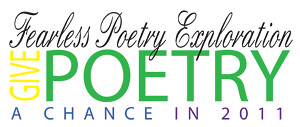
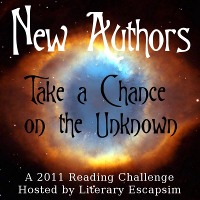
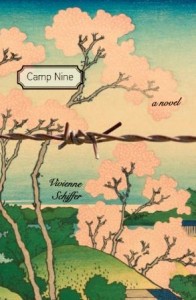
 About the Author:
About the Author:
 About the Author:
About the Author: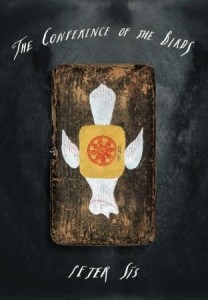

 About the Author:
About the Author:
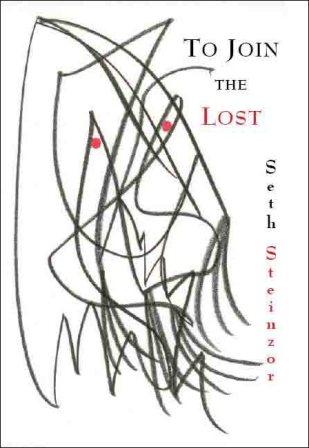


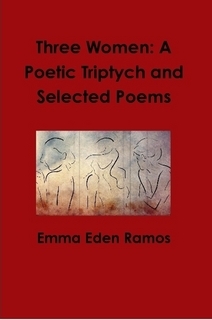
 About the Author:
About the Author: About the Author:
About the Author:

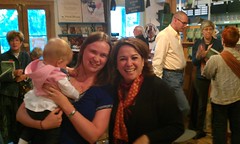
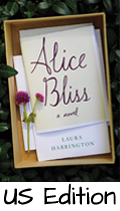
 About the Author:
About the Author:
